Supermassive black hole 9 billion light-years away consumes largest star ever observed
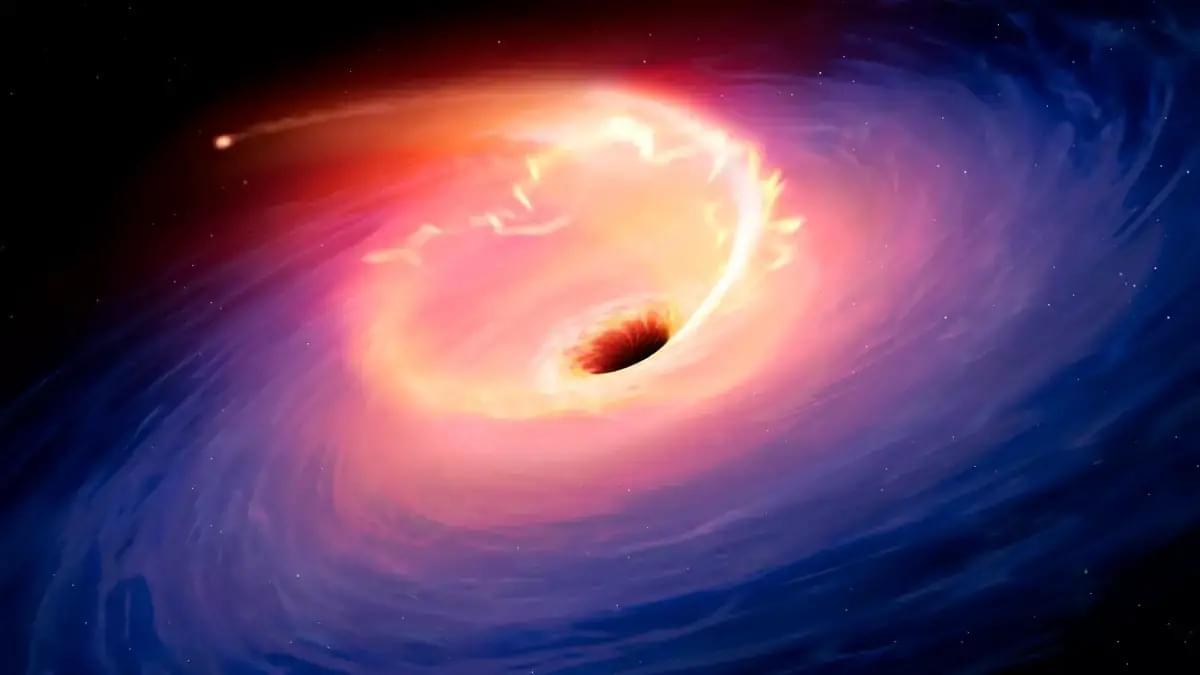

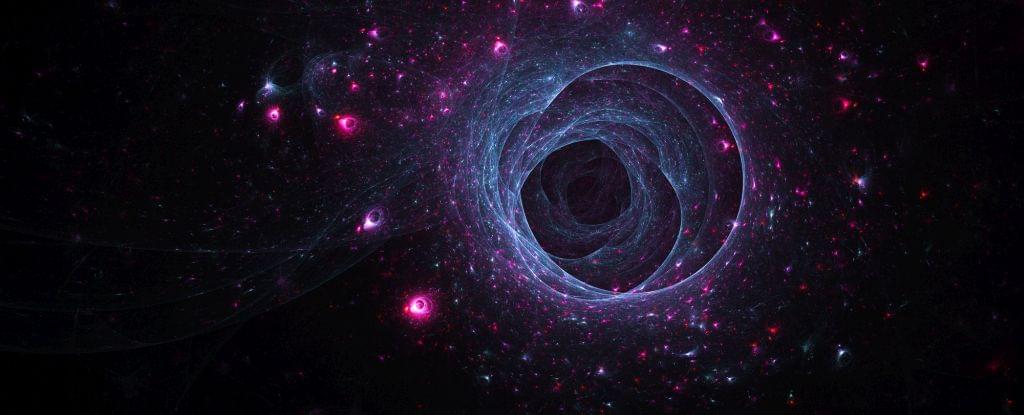
A pair of top quarks has been detected in the detritus spraying forth from the collision of two atoms of lead.
It’s the first time that this specific quark-antiquark pair has been spotted in a collision between two nuclei. The detection strengthens evidence that all six quark flavors existed at the dawn of time, in the soupy quark-gluon plasma thought to have suffused the Universe in the moments after the Big Bang.
This means that we’re a step closer to taking new measurements of this primordial soup, and gleaning new insights into how our Universe formed from the very beginning.

The CMS collaboration at CERN has observed an unexpected feature in data produced by the Large Hadron Collider (LHC), which could point to the existence of the smallest composite particle yet observed. The result, reported at the Rencontres de Moriond conference in the Italian Alps this week, suggest that top quarks—the heaviest and shortest lived of all the elementary particles—can momentarily pair up with their antimatter counterparts to produce an object called toponium.
Other explanations cannot be ruled out, however, as the existence of toponium was thought too difficult to verify at the LHC, and the result will need to be further scrutinized by CMS’s sister experiment, ATLAS.
High-energy collisions between protons at the LHC routinely produce top quark–antiquark pairs (tt-bar). Measuring the probability, or cross section, of tt-bar production is both an important test of the Standard Model of particle physics and a powerful way to search for the existence of new particles that are not described by the 50-year-old theory. Many of the open questions in particle physics, such as the nature of dark matter, motivate the search for new particles that may be too heavy to have been produced in experiments so far.
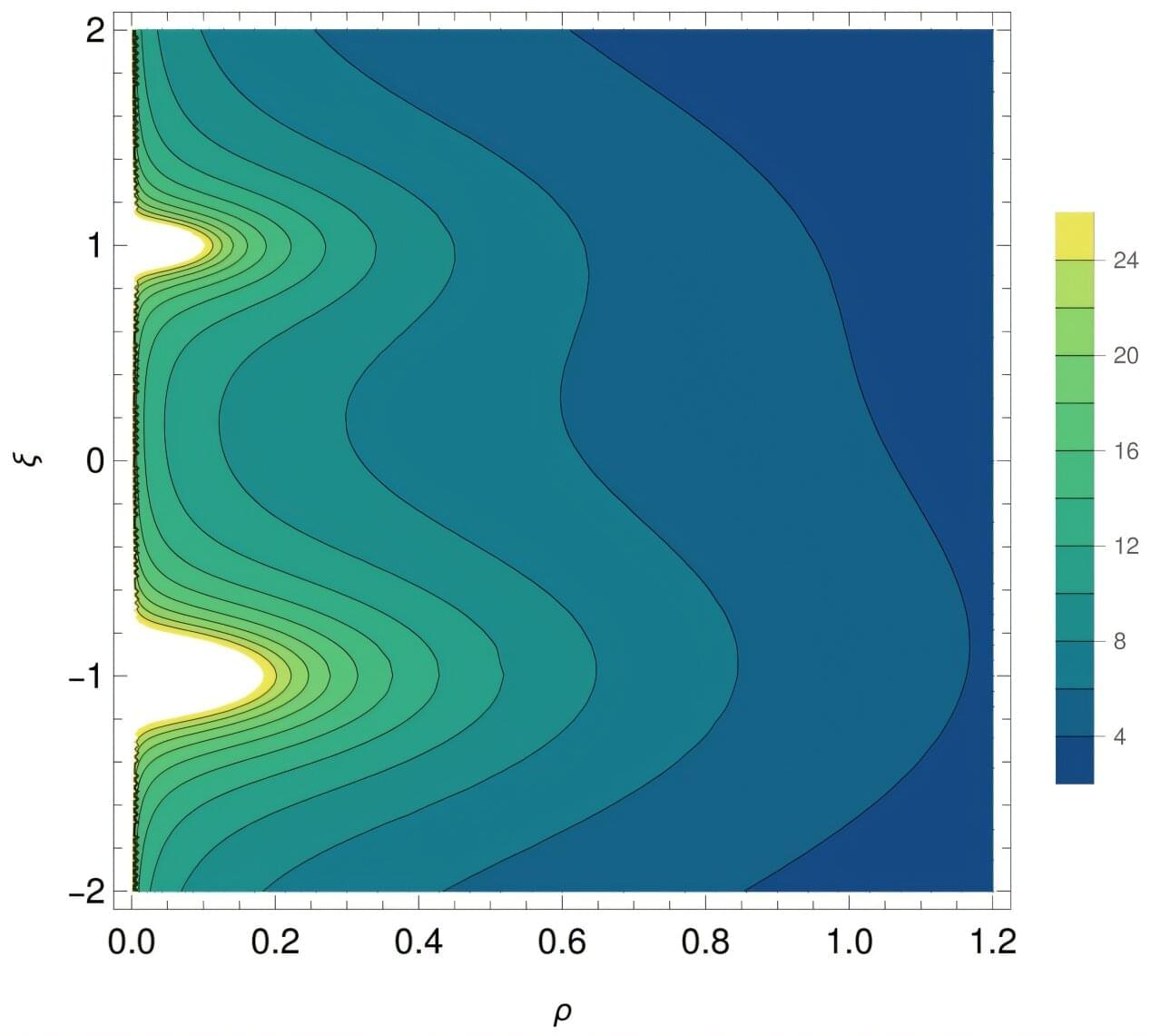
A team of physicists have discovered a new approach that redefines the conception of a black hole by mapping out their detailed structure, as shown in a research study recently published in Journal of High Energy Physics.
The study details new theoretical structures called “supermazes” that offer a more universal picture of black holes to the field of theoretical physics. Based in string theory, supermazes are pivotal to understanding the structure of black holes on a microscopic level.
“General relativity is a powerful theory for describing the large-scale structure of black holes, but it is a very, very blunt instrument for describing black-hole microstructure,” said Nicholas Warner, co-author of the study and professor of physics, astronomy and mathematics at the USC Dornsife College of Letters, Arts and Sciences. In a framework of theories extending beyond Einstein’s equations, supermazes provide a detailed portrait of the microscopic structure of brane black holes.
A nearby cosmic ticking time bomb has been found! Just 150 light years away, a pair of white dwarf stars are on a death spiral, destined to explode in a type 1a supernova. This discovery confirms long-held theories and could help unlock the secrets behind these dazzling, universe-measuring explos
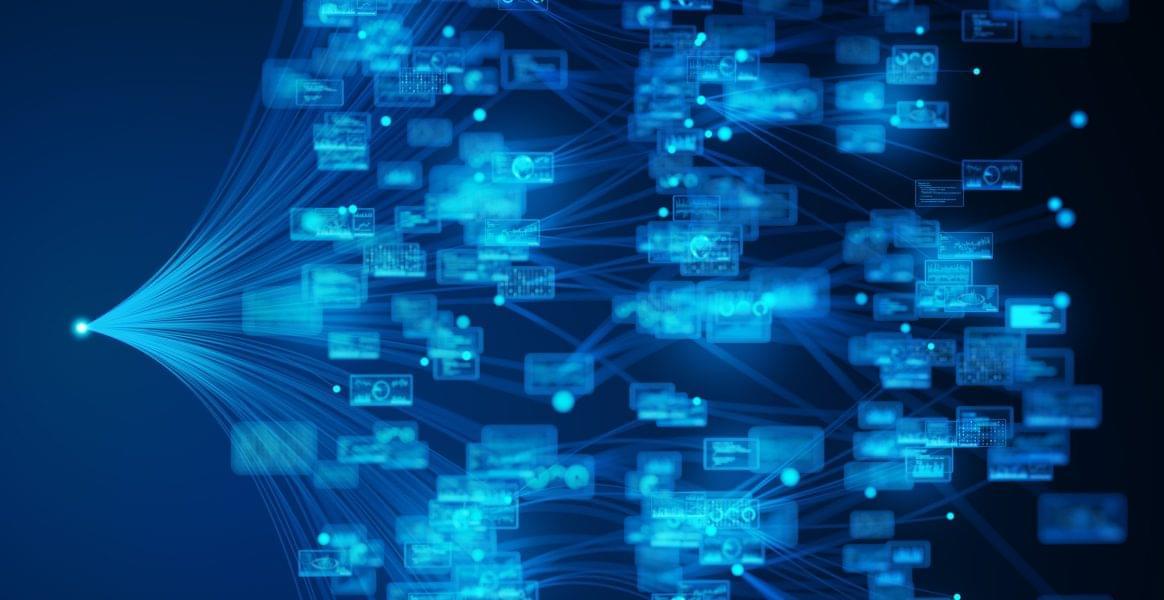
In the paper accompanying the launch of R1, DeepSeek explained how it took advantage of techniques such as synthetic data generation, distillation, and machine-driven reinforcement learning to produce a model that exceeded the current state-of-the-art. Each of these approaches can be explained another way as harnessing the capabilities of an existing AI model to assist in the training of a more advanced version.
DeepSeek is far from alone in using these AI techniques to advance AI. Mark Zuckerberg predicts that the mid-level engineers at https://fortune.com/company/facebook/” class=””>Meta may soon be replaced by AI counterparts, and that Llama 3 (his company’s LLM) “helps us experiment and iterate faster, building capabilities we want to refine and expand in Llama 4.” https://fortune.com/company/nvidia/” class=””>Nvidia CEO Jensen Huang has spoken at length about creating virtual environments in which AI systems supervise the training of robotic systems: “We can create multiple different multiverses, allowing robots to learn in parallel, possibly learning in 100,000 different ways at the same time.”
This isn’t quite yet the singularity, when intelligent machines autonomously self-replicate, but it is something new and potentially profound. Even amidst such dizzying progress in AI models, though, it’s not uncommon to hear some observers talk about the potential slowing of what’s called the “scaling laws”—the observed principles that AI models increase in performance in direct relationship to the quantity of data, power, and compute applied to them. The release from DeepSeek, and several subsequent announcements from other companies, suggests that arguments of the scaling laws’ demise may be greatly exaggerated. In fact, innovations in AI development are leading to entirely new vectors for scaling—all enabled by AI itself. Progress isn’t slowing down, it’s speeding up—thanks to AI.
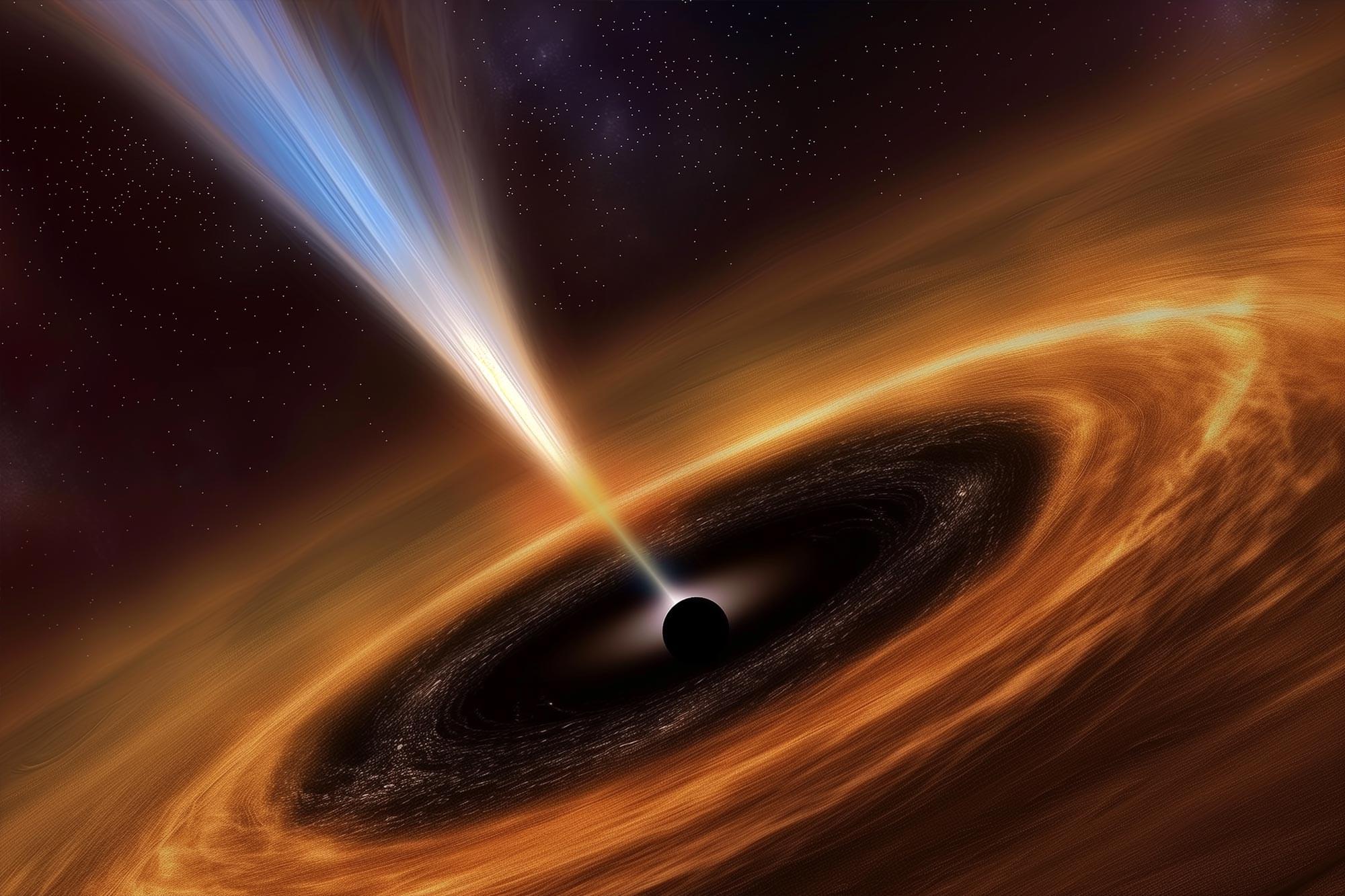
Astronomers have found compelling evidence for the closest known supermassive black hole outside the Milky Way. This enormous black hole resides in the Large Magellanic Cloud (LMC), one of our galaxy’s nearest neighbors.
The discovery was made by precisely tracking the motion of 21 stars located on the outskirts of the Milky Way. These stars are moving so rapidly that they will eventually escape the gravitational pull of the Milky Way and any nearby galaxies. Such stars are known as “hypervelocity” stars.
By analyzing their trajectories, much like forensic scientists tracing a bullet’s path, researchers were able to determine their origins. About half of the stars were found to have been ejected by the supermassive black hole at the center of the Milky Way. The rest, however, appear to have been flung out by a different source: a previously undetected supermassive black hole in the Large Magellanic Cloud.

Some stars in our galaxy pulse like musical instruments, and scientists have found a way to listen in. These rhythmic starquakes, like vibrations in a string or drum, reveal vital clues about a star’s age, composition, and life cycle.
By studying these “melodies” in a star cluster called M67—whose stars are like solar siblings—researchers uncovered a strange pause in stellar evolution called the “plateau.” This discovery helps pinpoint stellar ages with remarkable precision, bringing us closer to understanding how stars, and ultimately our galaxy, have evolved.
Celestial Music: Listening to Starquakes.

